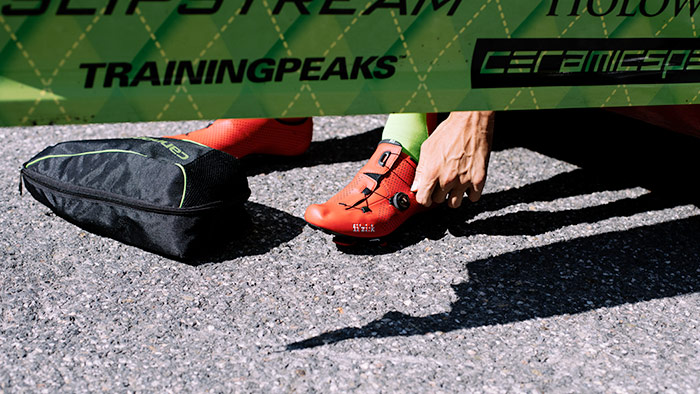It’s that time of year. Your season is almost over and you’re ready to start thinking about next season. One of your first actions should be the development of a training plan.
A well-developed plan can improve your cycling performance by clarifying the steps you must take to enhance key physiological abilities such as aerobic endurance, functional threshold power and aerobic capacity.
Unfortunately, there are five common mistakes athletes make when it comes to developing their training plans:
1. Not honestly evaluating past performance.
Before you develop a training plan, you need to honestly evaluate your past performance. That’s the only way you can accurately identify your strengths and weaknesses as a cyclist. To evaluate your performance, simply ask yourself five questions about your most recent season:
- What goals did I achieve during the season? How (be specific)?
- What goals did I fail to achieve during the season? Why (be specific)?
- What were my greatest strengths during the season?
- What were my most significant weaknesses during the season?
- Overall, how do I feel about my performance?
2. Failing to set SMART goals.
SMART goals are specific, measurable, achievable, relevant and time-bound. They allow you to set training and racing goals that are easy to track. A well-written SMART goal describes the outcome you are seeking and a specific timeframe for achieving that outcome.
For example, “I will complete a 40K time trial in less than one hour by the end of the racing season” and “I will finish in the top-10 in my class at the state criterium championships” are examples of effective SMART goals. Include three to five goals in your training plan.
3. Failing to use both outcome and process goals.
Using both outcome and process goals increases your chances for success. Outcome goals are more common because they focus on bottom-line results such as “finishing on the podium at the state road race championships.”
Process goals focus on the implementation of your training program and include objectives such as “riding 7,500 miles during the calendar year” and “climbing Big Mountain three times during a single hill climb workout.” Make sure you include both outcome and process goals in your training plan.
4. Setting goals too high or too low.
This pertains to the “A” in the SMART goal process. Your goals should be challenging and realistic. If you set your goals too high, you will fall short and feel disappointed with your performance.
Conversely, if you set your goals too low, you may achieve them but feel dissatisfied because the goals were not very challenging. Try to find a midpoint where goal attainment is difficult but possible.
5. Not modifying goals when necessary.
It is perfectly acceptable to change your goals once the season has started if it becomes clear a goal no longer fits the SMART criteria. For example, if one of your goals is tied to a particular event and that event is cancelled, you have no choice but to change that goal.
Conversely, you may hear about a new event that you want to add to your existing goals. If your work schedule changes, you may need to modify your goals as well. Remember, life happens and your goals are not set in stone. It’s okay to change them.
Click here to learn 5 more mistakes cyclists often make when planning out their racing season goals.


